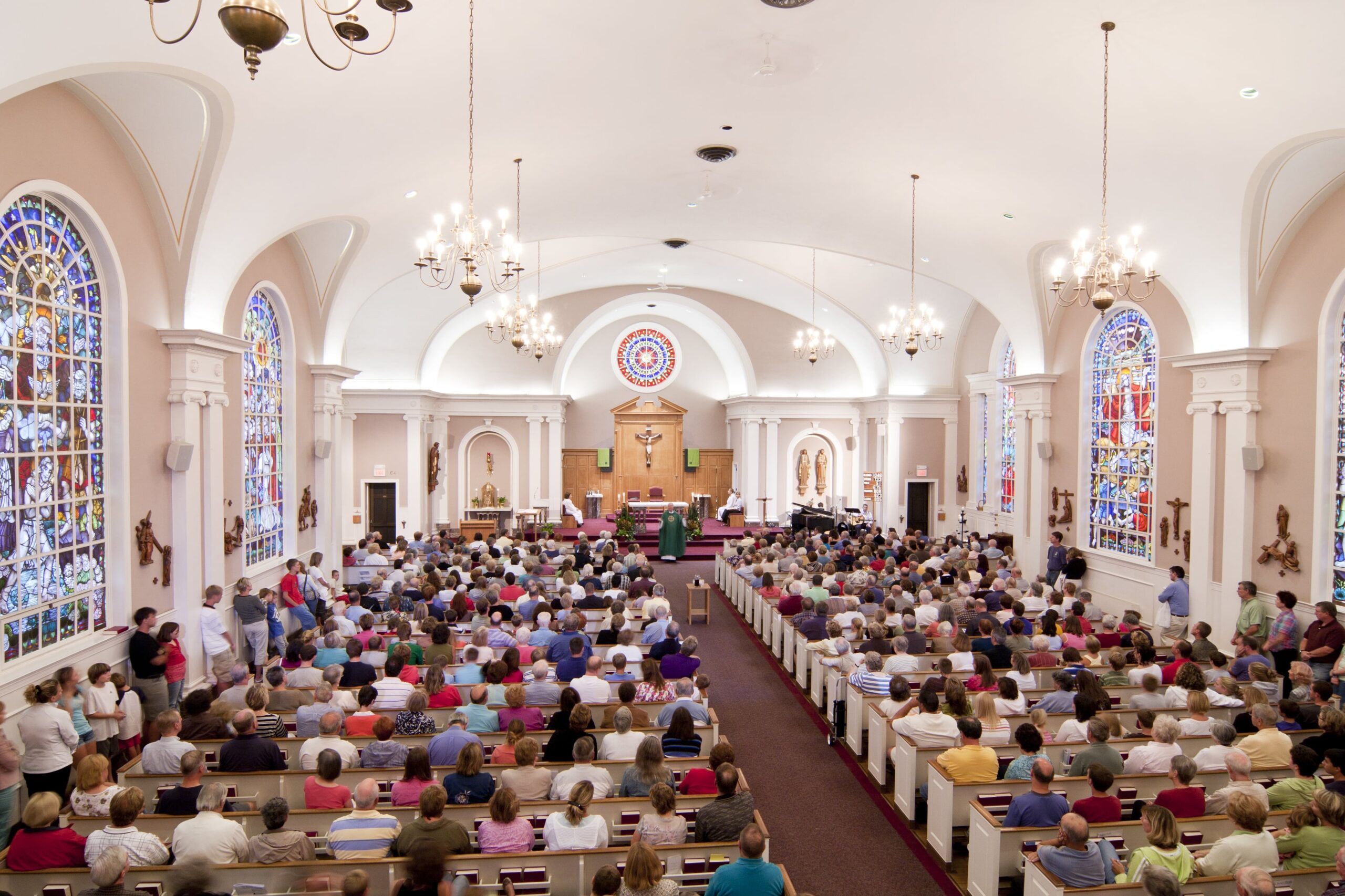This Christmas things will be different. Regions may be in different phases of pandemic relief, but pandemic anxiety will continue to be high. This is particularly true for older generations and younger families. These are the groups that probably value Christmas traditions the most, but they are also the groups that are more vulnerable than most.
The more options you can offer, the more opportunity you will have to bless people.
Extend the timeline
Many churches in all traditions are expanding the timeline of Christmas from Dec. 1st, 2020 through January 7th 2021. Western churches are used to providing special services during Advent, but this extends opportunities for Christmas celebrations through Christmas day celebrated by eastern churches. This provides more time for churches to Christmas options relevant to different lifestyle groups.
This builds on a trend that has been growing since the 1980’s. People planning church participation around gatherings of family and friends. Despite the pandemic, there will still be significant travel commitments. Volunteers in worship leadership (musicians, for example) will be careful when and how they are involved.
Therefore, churches are not just planning for one Christmas Eve. They are planning multiple Christmas Eves. The day of the week, and the time of day, will be customized for distinct groups. Christmas Eve for young families with preschool children, for example, may be in the morning, families with older children in the afternoon.
Some Christmas Eve options for single adults and empty nesters may be on a Thursday evening, leaving Friday open for friends to gather over the weekend; others late at night to catch the candlelight.
Target groups with specific themes
The MissionInsite Mosaic Application Guide identifies seven different kinds of mission-target worship options: inspirational, educational, caregiving, transformational, coaching, healing, and mission-connectional.
This is not about style, but about spiritual need. Different lifestyle segments need to experience incarnation in different ways. The content or purpose of worship is their primary concern … not the technology or style. The Guide identifies the likely worship preference for different lifestyle groups. A church can send personalized invitations to the specific group that is most likely to attend any given worship service.
For example:
Boomers often seek a Christmas Eve service that is very inspirational (rich in sound and image but less preaching) because they are very anxious about the future and want to be filled with hope. This is especially true for boomers who only adherents or attend irregularly. Regular attendees often prefer more of a blend of inspiration and education because the details of the nativity and relevance to current events is a higher priority.
Some seniors seek a Christmas Eve service that is more caregiving or healing because they are lonely, broken, or forgotten. They want to be comforted, strengthened, and embraced by God. The sacraments, pastoral prayers, acts of friendship, and opportunities for meditation are more important than sermons or offerings. This is especially true for seniors who are single, ailing, or with limited incomes.
Single parents with tenuous jobs and limited incomes tend to seek a combination of inspiration and coaching. They need time to laugh and rejoice and receive practical help to cope with the coming year.
Santa Claus is another way they experience the generosity and compassion of Jesus. Gen X and Y generations may seek a mission-connectional Christmas Eve that is closely tied to intercessory prayer and outreach to the poor and oppressed.
Encourage Pods and Clusters
Think small groups. Every customized worship option should be designed for spiritual depth rather than church growth. The pandemic may only allow a limited number of people onsite at the church building (whether outdoors or indoors).
However, you can encourage smaller groups of people in the same neighborhoods to gather safely on-site in private homes. Each “pod” or “cluster” can participate online in the worship option of their choice, but still enjoy the intimacy of fellowship.
This means that online worship options will still be the priority. Even if the pandemic phase in any give region allows larger church-site gatherings, the lifestyle segments that include seniors or young families will still be reluctant to attend. And they will welcome another alternative protect health and creates fellowship.
This means that the lay volunteer leadership most needed during the pandemic will be trained small group hosts. These lay leaders will be trained to provide technology plus safe hospitality space and appropriate refreshments. Churches should also set aside budget to pay for each pod or cluster gathering.
Provide Resources for Personal and Family Devotion
This year options for personal and family devotions will be more important than ever. These can be customized to match the theme of any given worship option and be distributed through pods and clusters, on-site at church, or on church websites. The focus should be on whatever experience of incarnation is the highest priority for any given lifestyle segment. One size does not fit all!
These resources do not need to be complicated or sophisticated … just helpful. It should include a personalized pastoral letter to that particular group; scriptures for Bible study that would be particularly helpful to any group’s need; words and music to a Christmas carol relevant to their incarnational hopes; and any other more generic resources for personal and family use.
Postpone Clergy Rest Time … but Provide More of it!
This approach to Christmas will demand more clergy time and attention. The good news is that not all of these worship choices require traditional sermons, and staff or lay volunteers may actually be better suited to lead worship for different lifestyle groups. Much of the work for clergy actually comes in November rather than December, because you want to train hosts and customize resources well ahead of time.
Nevertheless, by the end of the year clergy will be even more weary than in “normal” years. Many clergy used to take time to rest between Christmas and New Year’s Day. That rest period will need to be postponed in order to provide time and attention for this new optional approach to Christmas. On the other hand, churches should provide extra rest time (above and beyond normal expectations for vacation) for clergy and their families.
The pandemic has only accelerated many church participation trends that have been unfolding for over a decade. The plan you devise now is likely the direction you go in the future.
I welcome all questions about using MissionInsite for ministry planning and leadership development.
You can reach me at tbandy@acst.com.
The Rev. Dr. Thomas G. Bandy is an internationally recognized author, consultant, and leadership coach for churches and Christian organizations and faith-based non-profits. He is the director of www.ThrivingChurch.com and has authored many planning tools that interface with the demographic research engine of www.MissionInsite.com.
Read More:
CLERGY STRESS AMID CONTRARY CULTURAL EXPECTATIONS
HOW DO WE REACH THE LIFESTYLE SEGMENT CALLED DIGITAL DEPENDENTS?




